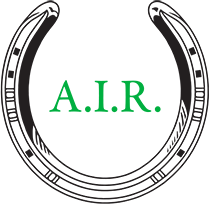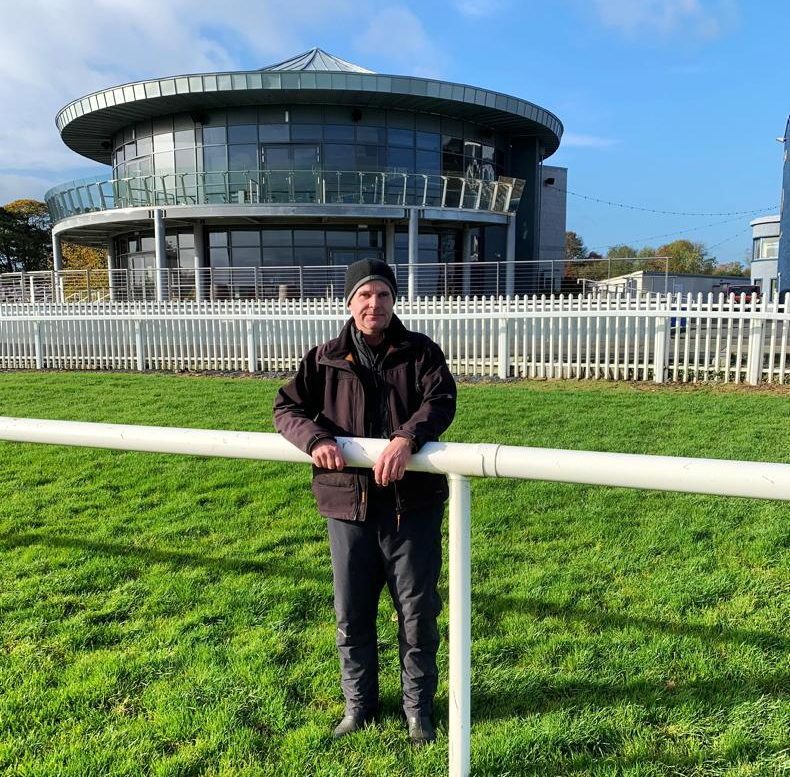Celebrating Champions
Last weekend at the Punchestown Festival, a line was drawn under the 2020-2021 National Hunt season. Now it is the turn of the flat is set to take centre-stage over the coming weeks and months. It is important to remember the champions on and off the track who unfortunately didn’t get to savour the sense of occasion we would have hoped for them this year.
The Association of Irish Racecourses (AIR) would like to congratulate and recognise the incredible achievements of each of the champions of jump racing; JP McManus, Willie Mullins, Paul Townend, Simon Torrens, Patrick Mullins and Jody Townend.
In the competitive world of horse racing we are quite good at recognising and celebrating remarkable successes and achievements. The championships for the National Hunt and flat seasons are complemented by national awards’ programmes, such as the prestigious Irish Thoroughbred Breeders Association Awards, Horse Racing Ireland (HRI) Awards and the Godolphin Stud and Stable Staff Awards.
Collectively they celebrate the many remarkable people at the heart of our industry, and those who excel in their fields. That is something that AIR wholeheartedly supports.
All 26 racecourses across Ireland are AIR members and, although each racecourse is unique and owned and operated differently, there is a united commitment to excellence at all tracks nationwide.
Representatives
Typically, AIR member representatives for each racecourse include the manager, board directors of the individual racecourse, and/or senior management personnel. This ensures that the collective concerns, issues and interests of all its members are discussed at the highest level, and appropriate action is taken by the Association.
Many racegoers, and even those of us working in the sport, are not privy to what goes on behind the scenes at Irish racecourses. ‘Who does what’ and ‘besides racedays, what do you do every other day of the year’ are questions often put to AIR members by the more curious amongst us.
So for those of you who are too shy to ask but often wondered, here’s a brief insight into the racecourse business.
Each racecourse is a stand-alone entity or business that is run independently of all others, except for four tracks which fall under the total remit of HRI Racecourses Ltd. These are Fairyhouse, Leopardstown, Navan and Tipperary.
Business units
Individual racecourses are units operating on a commercial business model, allowing each track to benefit from income streams directly linked to attendance, media rights, betting, sponsorship and non-raceday activities.
A racecourse manager is in place at each track to ensure that it is run as a profitable business. While racing is the core activity for the racecourse, the manager will always be looking for alternative revenue streams to ensure the business is in a healthy financial position.
Alternative uses can include renting out the facilities for conferences when there is no racing taking place or renting the site out to hold a music festival, outdoor cinema, circus, agricultural shows or local community fun days.
Facilities
Typically, racecourses will also employ a groundsperson or foreman to look after and maintain the racecourse, its grounds and sometimes its facilities also. This is to ensure the racecourse surface and racing facilities at the track are kept on-point.
Some racecourses operate with a skeleton crew, while others have invested in additional executive teams to cover the many functions of the business from finance to sales and marketing, and operations to hospitality.
Over the coming months, we will catch up with some of the champions working behind the scenes at Irish racecourses to get a better understanding of the roles and responsibilities of the people behind our racing venues.
By Leo Powell



